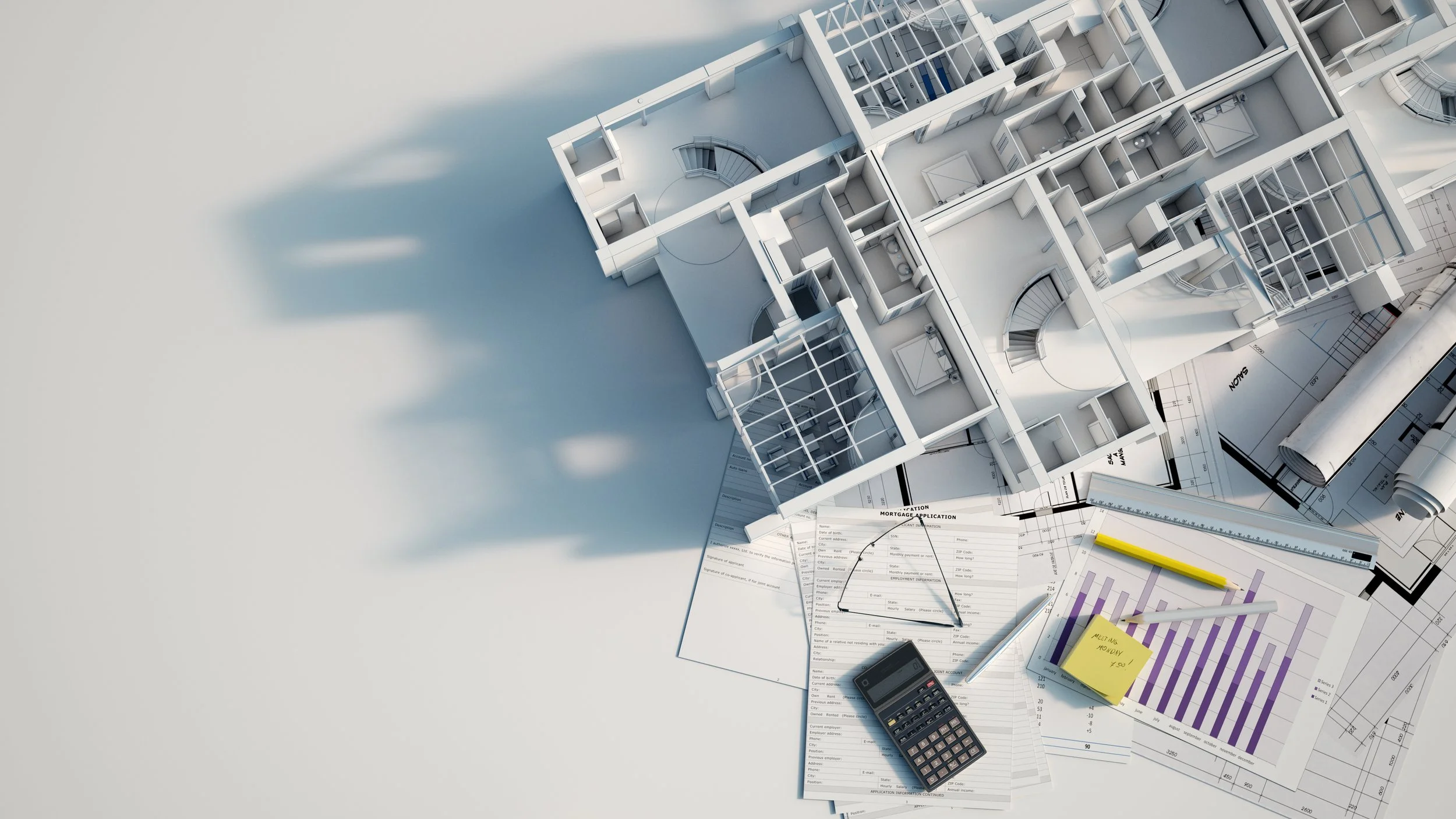
Reason 6
12 Reasons to Hire an Owner’s Representative
Assisting you in determining the best project delivery method with your contractor.
Each project is unique. The best project delivery method will vary with each project. It will also vary depending on whom you ask. Design Professionals want a traditional architect/engineer led “Design-Bid-Build” (DBB) arrangement. The contractor will want the “Design-Build” (DB) method. If you have a construction manager on the project, they want either a “Construction Manager-Agency” (CMa) or a “Construction Manager at Risk” (CMr) arrangement. Finally, there is the “Integrated Project Delivery,” (IPD) process. If that is not confusing enough, ask your lawyer and liability insurance agents, they also have their preferences.
Countless articles and books exist about the construction delivery/contracting arrangements. This article is a broad-brush summary of the general concepts. Contracting methods and fees can vary based on project specifics. The project scope, type, use-group, and desired involvement level all effect the complexity of the project and what method is best for the owner.
These are some of the various design contracting methods:
Total lump Sum. Sometimes referred to as a Total Fixed Fee
With a lump sum fee, the owner and DP agree on the scope of services and a fixed price to perform the work.
Ideal when the owner can show in detail the responsibilities of the DP up front.
Well suited for larger projects that will have an extended duration.
Hourly Rates per a schedule of services
DP hours are billed per a fixed hourly rate or a rate table that is based on specific services.
Good for small projects or when limited services are requested.
Good when the scope of services is undetermined or there is uncertainty in the project, in the scope, size, cost, or duration.
Hourly to a Fixed Monthly Fee with limited involvement
This is a suitable solution that provides an agreed number or hours based on an agreed scope of services.
This model can be based on a fixed monthly amount or a monthly average that either party can easily adjust if the scope increases or decreases.
Ideal for owners that want limited aid.
Percentage Based Fee
The owner creates the construction budget, and the DP evaluates it to decide if it is reasonable. The DP agrees to a percentage fee on that budget, usually 6% to 14%.
This works well when the budget or scope of services remains constant.
Well-suited when the DP has a longer involvement in the project, especially during construction.
Typically used in healthcare, civic, commercial, and other larger projects.
Fee per Square Foot, based on area or cost
Works well for both parties that have a well-defined scope.
Supports a fixed percentage of the total project cost.
Well-suited for retail tenant improvements or prototype work.
The DP fee arrangements above are traditionally architect driven design-bid-build. This fee arrangement can get more complicated when the contractor takes part in the design project. The DP will tell you why the contractor involvement is a bad idea. In my experience this is not the case. There are times it makes sense (for the owner) to involve a contractor and/or subcontractor in the design process. Later in this series, we review the second part of this equation, “Construction Contracting Methods.”
As mentioned in other postings, our job is to exclusively represent the owner’s best interest, which starts with the Design Professional.
This article only skims the surface of which delivery method is right for your project. Each method allows for a different amount of control and contractually binds the parties in separate ways. Every project is different. The Owners Representative provides a comprehensive review for the owner that is unbiased and independent of the design and construction parties.



